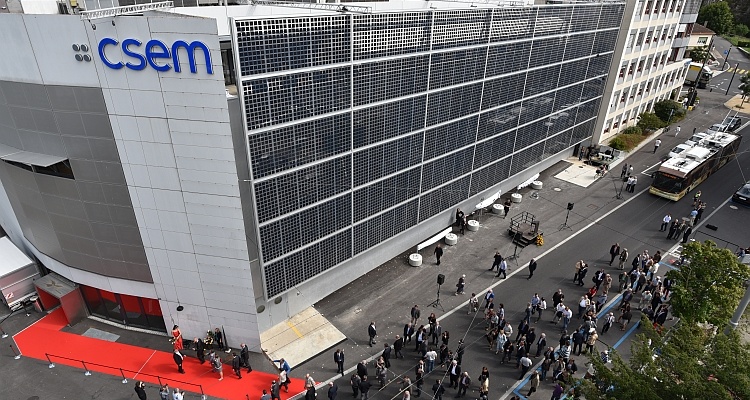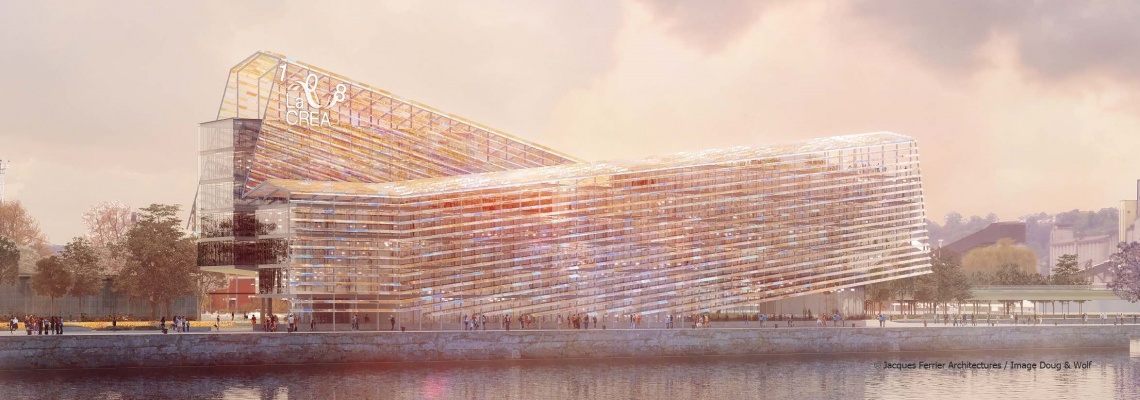Imagine … a building whose colorful facades generate electricity. You no longer have to imagine this active building asset. It is no longer a dream. ISSOL is a reality. To make it more efficient, it is associated with the CSEM, Swiss Center for Electronics and Micro-technology, a public-private research center based in Neuchâtel.
ISSOL has been offering architects with innovative solutions that can integrate Photovoltaics in any construction for the past ten years. The motto is BIPV. Meaning Building Integrated Photovoltaics. This concept, associated to the energy of tomorrow – taken up by Jeremy Rifkin- is to construct architectural structures, for public utility buildings and buildings for industrial purposes, which generate electricity throughout the day. It implements a triple objective: the aesthetic design of a building looking to the future, enhancing the status of the brand image of a company through its buildings and cost-effective production of clean electricity.
Compared to the current solution of solar panels that are common on roofs, ISSOL has received prestigious awards and contracts in Europe. It is constantly innovating. At present, it combines an attractive printing on glass substrate and the photovoltaics technology.
Here it offers active facades that can be colored, imitating wood or marble. It manufactures glass products equipped with mono-crystalline photovoltaic cells, to which serigraphy is applied based on nano-inks which has an ISSOL secret so that the solar panel has an uncanny resemblance to an ornamental facing. With this difference it becomes active energy!
The ISSOL technology is already being offered to architectural firms as a real alternative to conventional building materials. To make it more effective in offering performance that can be quickly made profitable, ISSOL has found an ally renowned for its efforts in research and development: CSEM or Swiss Center for Electronics and Microtechnology. This high-tech facility, located in Neuchâtel, cooperates with prestigious universities and polytechnic institutes of Switzerland. It has a nanotechnology department that’s been developing photovoltaic color solutions for many years.
CSEM-ISSOL partnership aims to improve the efficiency of solar panels that can harmoniously integrate into the architectural design for the future. CSEM has a keen interest in the good performance of the ISSOL solution for active facing colors. This is to improve performance and profitability, while reducing production costs and installation. Already, the investment made for a façade, made from solar energy materials can be paid back in less than ten years.
The latest project using this colorful technology was created by ISSOL on the building “Solsmaragden” the real estate group, Eiendomen Union (four photovoltaic façades of green color) to Oslo-Drammen in Norway. See: http://solsmaragden.myissol.com
Further information: https://www.csem.ch/




